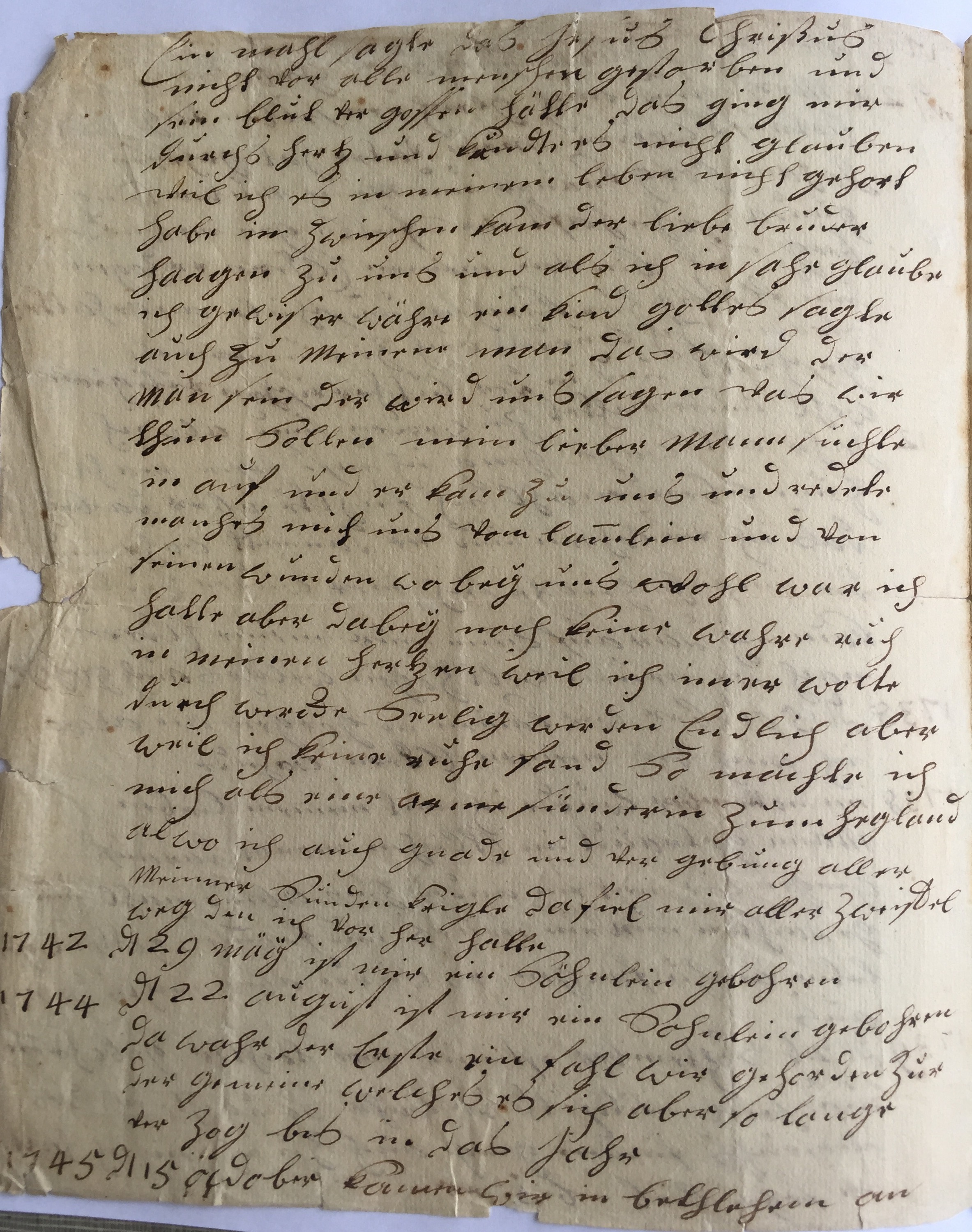The relationship between technology and digital archives is linear. As our society modernizes we turn to technology more than ever before. With that being said, our society is now the most efficient it has ever been. Digital artifacts is an example of how much more efficient our society is, in ways we probably never expected.
With one click we can see a variety of data presented in graphs, charts, tables and maps. Digital artifacts can draw conclusions in the form of visuals that physical words cannot. The variety of visuals “help us to perceive patterns in data that we might otherwise miss” (187). As Whitley says, “they challenge us to read texts differently than we otherwise would” (186). Digital artifacts open the door to a lot more than words can and ever will. Although Whitley addresses that some literature scholars may argue that words are considered data, cognitively words cannot conclude the same patterns that visuals can.
Digital artifacts have many advantages as they can reach a much larger population in a short amount of time. The accessibly is increased to anyone who is interested and has internet available. Those who are interested don’t have to travel to these physical artifact sights, they can simply find the information they need in a couple of clicks at most.
However this lowers the value of the physical artifact. The historical value is lost as all the information is taken from it and displayed for anyone interested online. I believe that as our society is advancing we are losing value in physical objects. Is this necessarily good or bad? I am not sure. I believe there should be some value in the physicality of objects and artifacts. Seeing the true artifact is rare and much more moving than seeing the same words typed in the same font online. The general population is starting to lose this attachment to physical objects because of the benefits and normality of having digital copies so accessible.

Having the same information, if not more, available online is much more efficient and productive. This shift towards digital value does shape our interests. There is a bigger focus on developing the skills needed with technology. There are computer sufficiency exams for many jobs and education programs as well as a push towards computer science and technology based skills. Because of the massive amount of jobs that need to be filled, the push towards these majors has increased. Years ago, computer science and digital humanities was not anywhere near the popularity it currently is. These areas of interest are constantly increasing as the need for them is growing.
There are many jobs available to continue to digitize our world. This can be seen as a disadvantage because of the amount of money it costs to change artifacts into accessible digital artifacts. It is an economic investment that will pay off in the long run. After exploring the Moravian Lives website as well as the Old Weather project, a similarity I found was that they both are crowdsourcing. This search for large groups of people to help with a project is an example of how the public is being asked to help modernize our world.

The opportunities that the use of digital artifacts brings to our society seem to outweigh the disadvantages. I believe we should continue to use the technological advantages to benefit us but to keep using printed sources for certain aspects of life.
Carly Pavoni is from Fairfield, CT. She is a freshman at Bucknell University that is undeclared in the arts and sciences school. She is on the track and field team at Bucknell University.